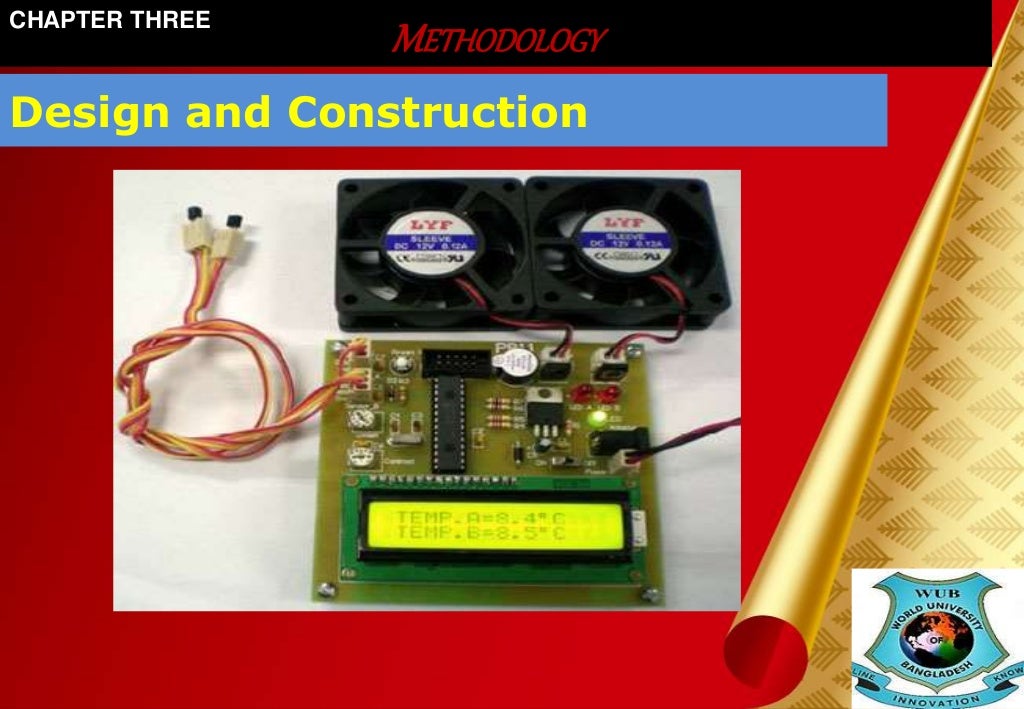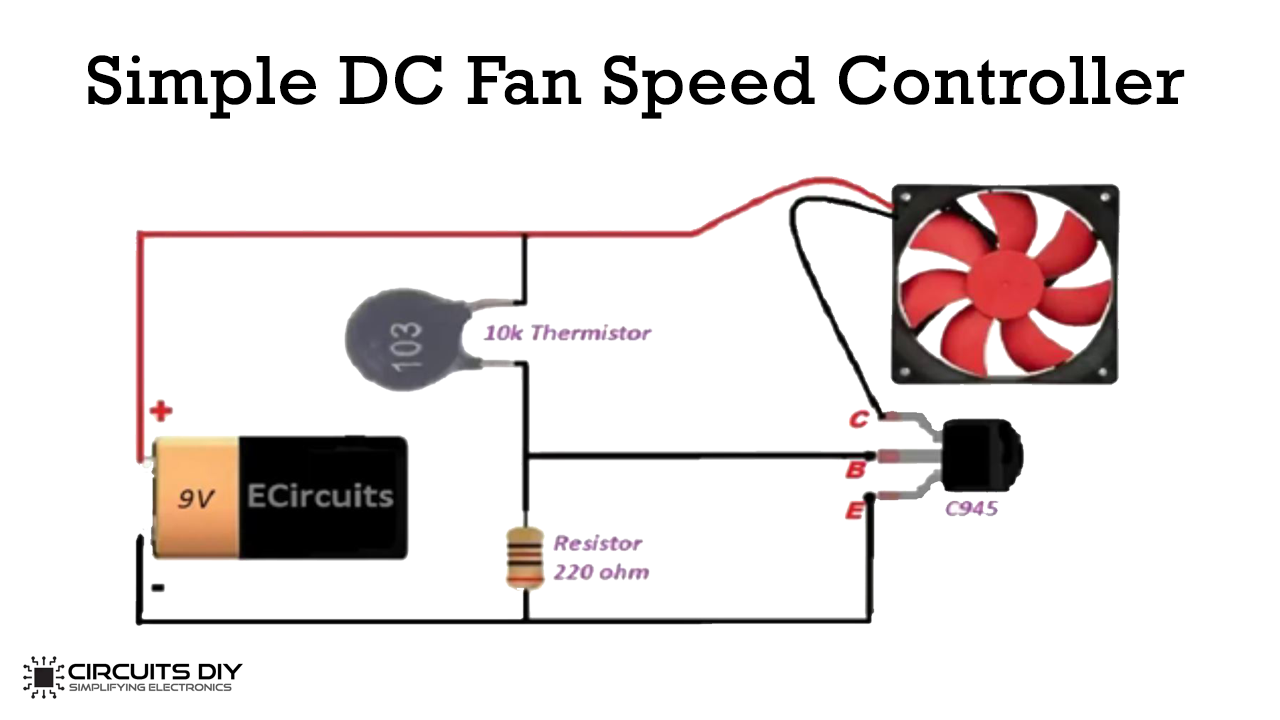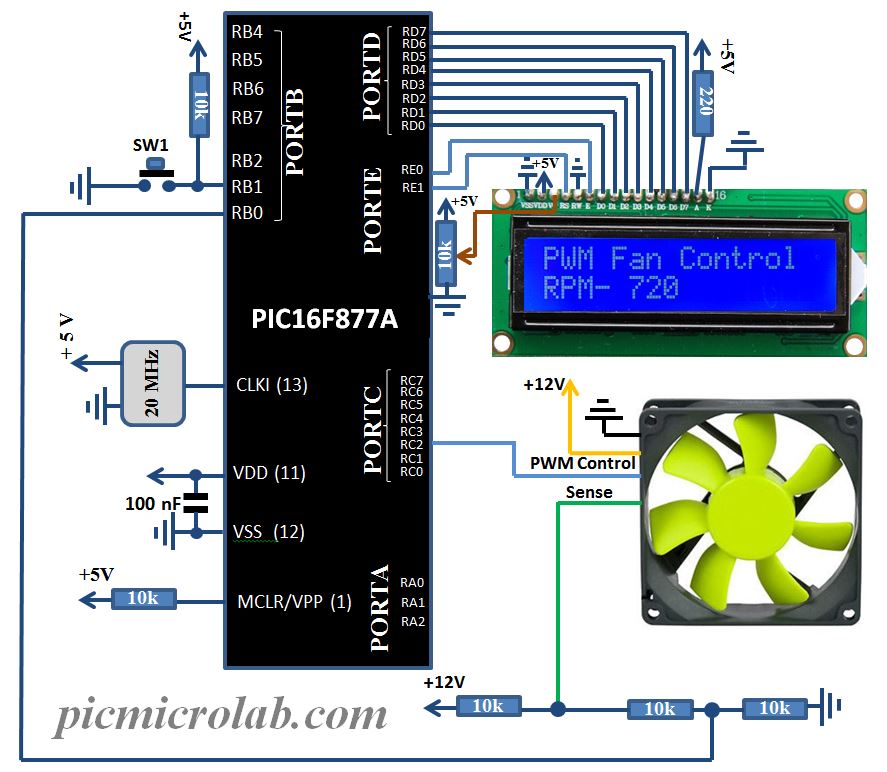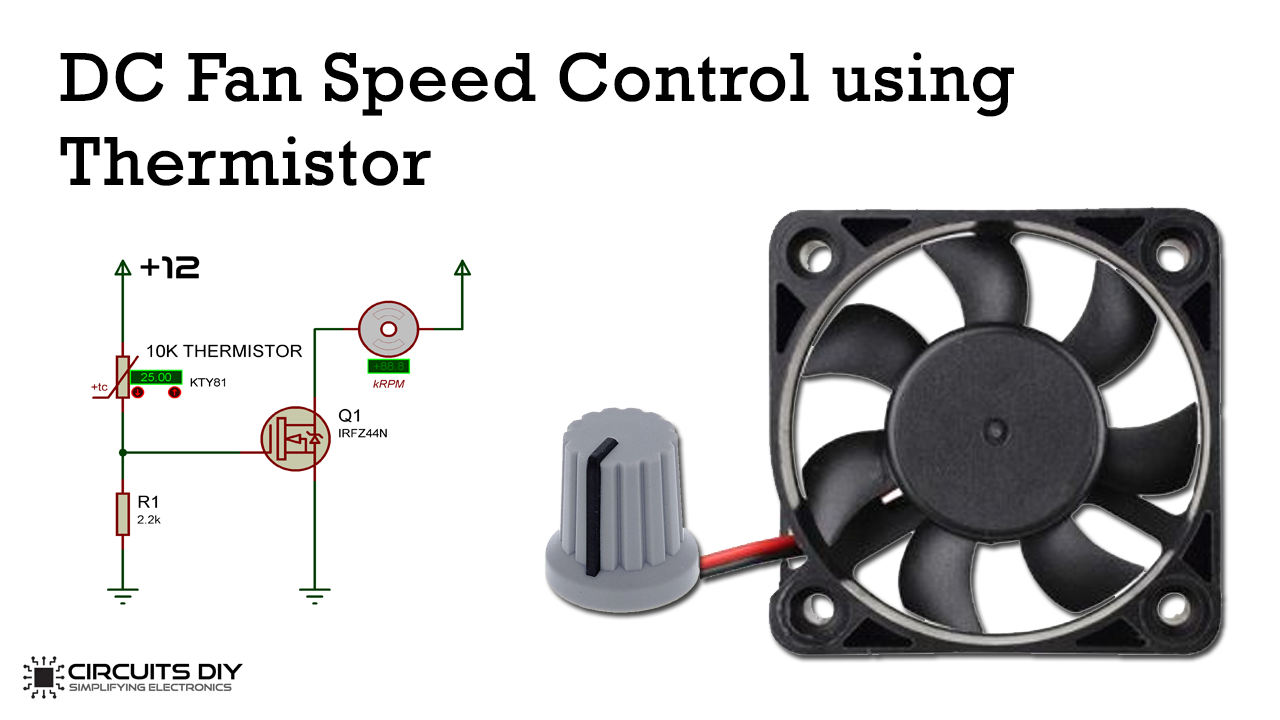Temparature Based Fan Speed Controlling System Presentation
| Introduction to Temperature Based Fan Speed Controlling System | ||
|---|---|---|
| Temperature based fan speed controlling system is an innovative solution to regulate fan speed based on the surrounding temperature. This system ensures optimal cooling efficiency while minimizing energy consumption. By automatically adjusting fan speed, it provides a comfortable environment and prolongs the lifespan of the fan. | ||
| 1 | ||
| Components of Temperature Based Fan Speed Controlling System | ||
|---|---|---|
| Temperature sensors: These sensors measure the ambient temperature and provide input to the controller. Controller: It receives temperature data from sensors and calculates the appropriate fan speed. Fan: The fan speed is controlled based on the signals received from the controller. | ||
| 2 | ||
| Working Principle of Temperature Based Fan Speed Controlling System | ||
|---|---|---|
| The temperature sensors continuously monitor the ambient temperature. The controller receives temperature data and compares it with predefined temperature thresholds. Based on the comparison, the controller adjusts the fan speed to maintain the desired temperature. | ||
| 3 | ||
| Benefits of Temperature Based Fan Speed Controlling System | ||
|---|---|---|
| Energy efficiency: The system ensures that the fan operates at the required speed, reducing excessive energy consumption. Comfortable environment: It maintains an optimal temperature level, providing a comfortable living or working space. Extended fan life: By preventing the fan from running at high speeds when not required, the system increases the fan's lifespan. | ||
| 4 | ||
| Applications of Temperature Based Fan Speed Controlling System | ||
|---|---|---|
| Residential buildings: The system can be implemented in homes to regulate the cooling system, providing energy savings and comfort. Commercial buildings: Offices, hotels, and malls can benefit from this system by maintaining a pleasant environment for occupants. Industrial settings: Temperature control is crucial in industries, and this system ensures efficient cooling in various processes. | ||
| 5 | ||
| Challenges in Implementing Temperature Based Fan Speed Controlling System | ||
|---|---|---|
| Proper sensor placement: Sensors should be strategically placed to accurately measure the temperature and avoid false readings. Compatibility: The system should be compatible with different types of fans and controllers. Calibration: Regular calibration of the temperature sensors and controller is necessary to ensure accurate temperature control. | ||
| 6 | ||
| Comparison with Traditional Fan Speed Control Systems | ||
|---|---|---|
| Manual control: Temperature-based control eliminates the need for manual adjustment, providing a hassle-free experience. Fixed speed control: Traditional systems operate at a fixed speed, resulting in energy wastage and discomfort during temperature fluctuations. Limited automation: Temperature-based control systems offer a higher level of automation and precision. | ||
| 7 | ||
| Case Study: Implementation in a Data Center | ||
|---|---|---|
| Data centers require precise temperature control to prevent overheating of equipment. By implementing a temperature-based fan speed controlling system, the data center achieved energy savings of 30%. The system also improved equipment reliability and reduced maintenance costs. | ||
| 8 | ||
| Future Potential and Advancements | ||
|---|---|---|
| Integration with smart home systems: Temperature-based fan speed control can be integrated with smart home systems for enhanced automation and convenience. Artificial intelligence: AI algorithms can be employed to analyze temperature data and optimize fan speed for energy efficiency. Wireless communication: Advancements in wireless technology can enable seamless communication between sensors, controllers, and fans. | ||
| 9 | ||
| Conclusion | ||
|---|---|---|
| Temperature-based fan speed controlling systems offer numerous benefits, including energy efficiency, comfort, and prolonged fan life. Implementing this system in various settings can lead to significant energy savings and improved environmental sustainability. Ongoing advancements and research in this field will further enhance the capabilities and applications of temperature-based fan speed controlling systems. | ||
| 10 | ||
| References (download PPTX file for details) | ||
|---|---|---|
| Smith, J. (2018). Temperature-Based Fan Speed... Sharma, A., & Singh, M. (2020). Design and Im... Patel, R., & Pandey, P. (2019). Efficient Tem... |  | |
| 11 | ||







